The front right corner of the Fairbanks Museum upper balcony features a small but nonetheless very cool selection of fossils.
The T Rex skull does a pretty good job of grabbing your attention, as does the Styracosaurus skull beneath it. Everybody knows T Rex. Styracosaurus is a bit more obscure, but to put it simply, this dinosaur was a close relative of the very famous Triceratops, just with more horns.
This was REALLY cool. Fairbanks had some statues of dinosaurs based on how people in the Victorian era thought they looked and acted. This 19th-century depiction of dinosaurs has been proven false by more recent discoveries, particularly from the seventies and onward, but the creatures imagined by the earliest dinosaur researchers are nonetheless fascinating. That pterodactyl fossil was pretty awesome, too. Also on display are a Dimetrodon foot, a fossil of a tiny dinosaur called Compsognathus, and several plaques discussing how people perceived dinosaurs over the years and, of course, the extinction of the group.
Here's a couple of plaques talking about animals that lived long before dinosaurs. The cephalopod family has a long history, and it still endures today in the form of the octopus, squid, nautilus, and cuttlefish. Sea scorpions, however, have been extinct for a very long time. Honestly, I'm kind of saddened by that, as I think sea scorpions are some of the most amazing-looking of all prehistoric animals. I wonder if one day an artificial robot sea scorpion will swim in a tank in a museum of the future to show people how they looked and behaved...
Two more fossils, one of which is a dragonfly a bit larger than most modern species. The other appears to be a starfish ancestor. I'm not certain which of the fossils at Fairbanks are genuine - the dinosaur skulls are stated on their plaques to be casts. One fossil on display that I didn't photograph was a trilobite shell. Trilobites, which looked a bit like horseshoe crabs, were not only very common in pre-dinosaur oceans, but they also shed their shells a lot, so there are lots of trilobite fossils. For that reason I'm pretty sure the trilobite fossil, at least, was the real thing and not a cast.
For the same reason, these shark teeth are definitely genuine. Sharks shed their teeth constantly, as the little plaque points out, so fossils are plentiful.
My mom liked the fossils, but she was definitely more intrigued by the Civil War section, which was next. Here we see some Confederate money, from the brief period of time when the confederacy was its own country.
The Civil War section was very well put together, showing a Confederate's weapons and equipment on one side and a United States soldier's stuff on the other side. Also on display were a couple of newspapers from around the same time period. Their advertisements were included for extra humor - five cents an issue! Dollar-fifty for a full year! Highway robbery, I do declare!
Among the last things we got a good look at on the second floor was this scaled-up model of a dobsonfly. As you might expect, I was intrigued and my mom was creeped out.
The dobsonfly is a very strange insect that can be found in Vermont, although I've never seen one. They are among the largest insects in New England, reaching up to five inches in length with ten-inch wingspans, and the males have giant pinching jaws, like the model. However, they have no poison and their jaws are actually so gigantic as to be hilariously unwieldy. They can't harm humans. The females, however, have much shorter jaws which they can use to great effect to draw blood from a human who mishandles them. If you see a female dobsonfly, show respect!
Dobsonflies only live a few weeks. They spend most of their lives (a few years) as hellgrammites, which look like what you'd get if you crossed a caterpillar with a stag beetle. These ferocious babies possess the same jaws the female adult does regardless of gender, so watch out! They live in freshwater, and if they are present it's a sign that the water is very clean and free of pollution, since hellgammites cannot survive in dirty water.
In my next and for now final post on the Fairbanks Museum, we'll take one last look downstairs at the preserved animals. There will be bears.
And dollhouses.
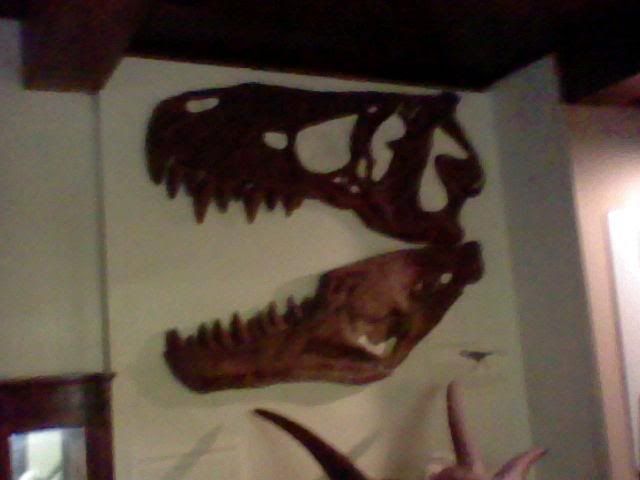
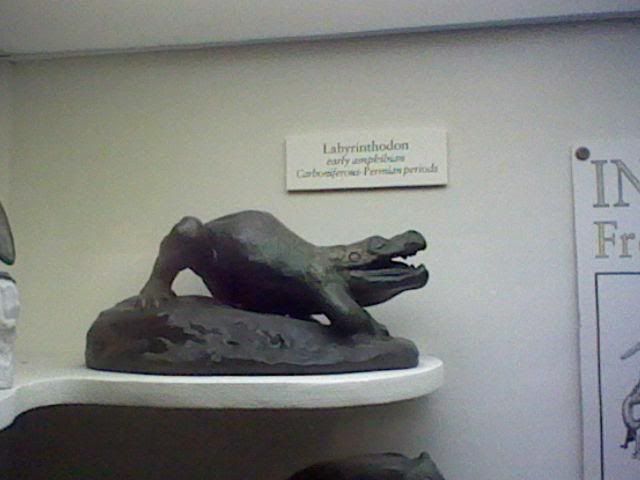
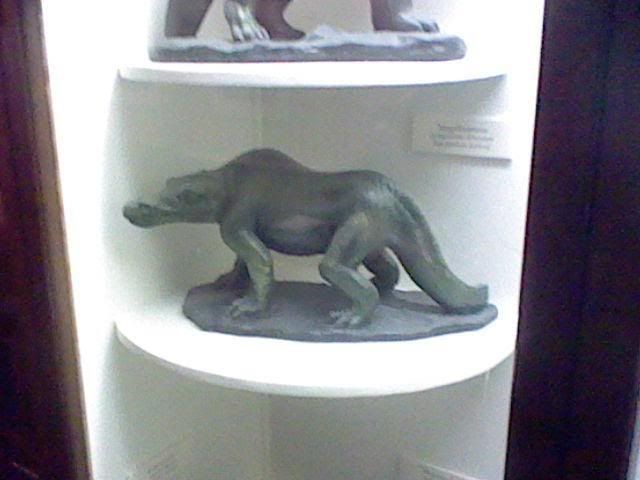
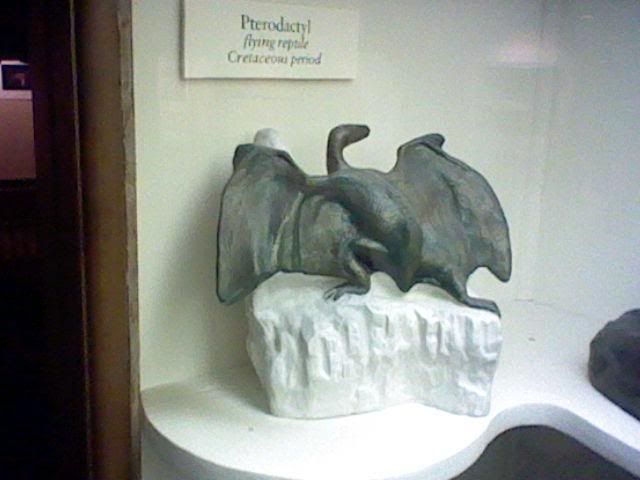
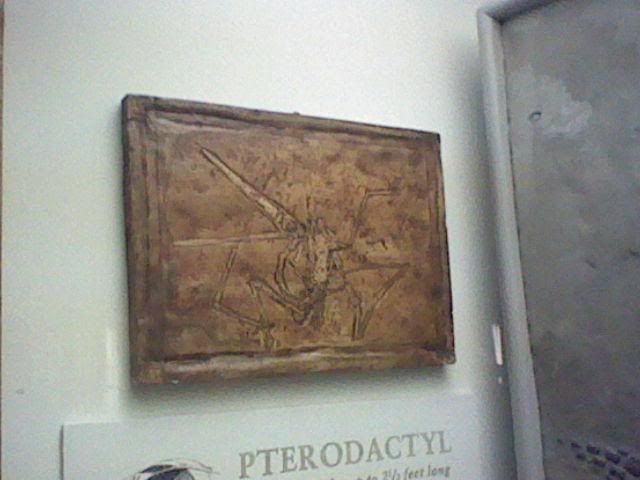

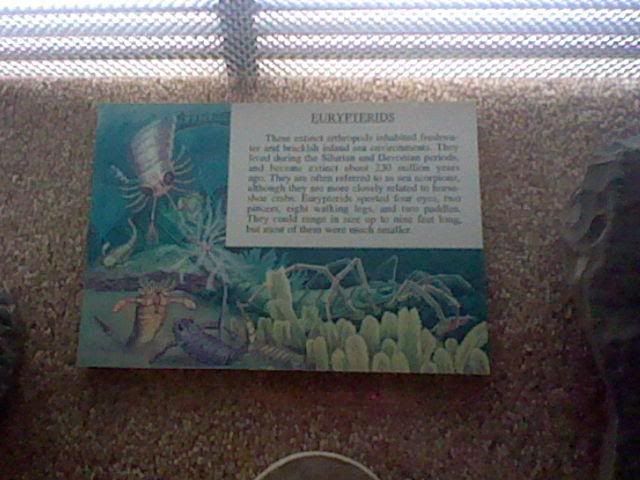
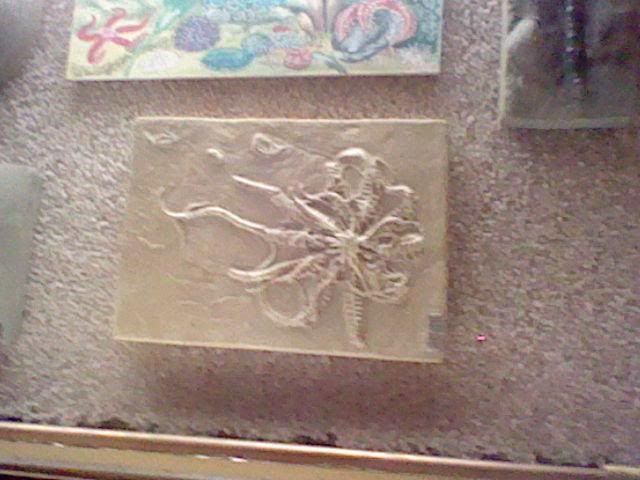
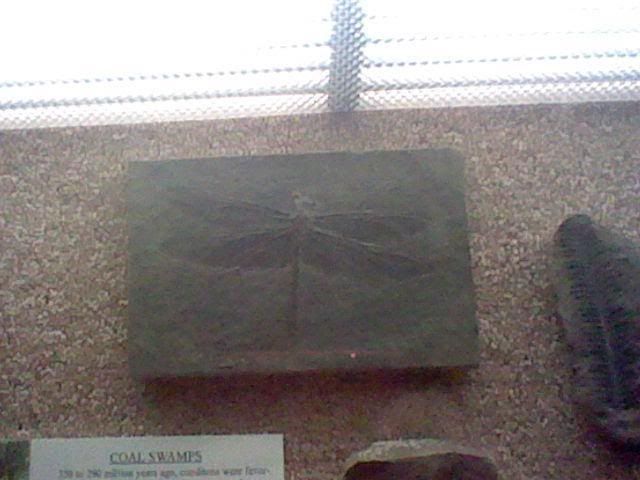
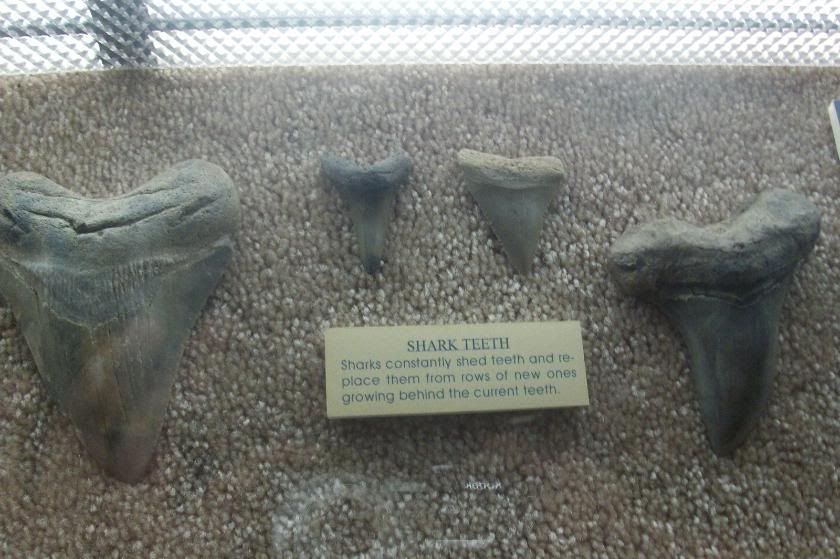
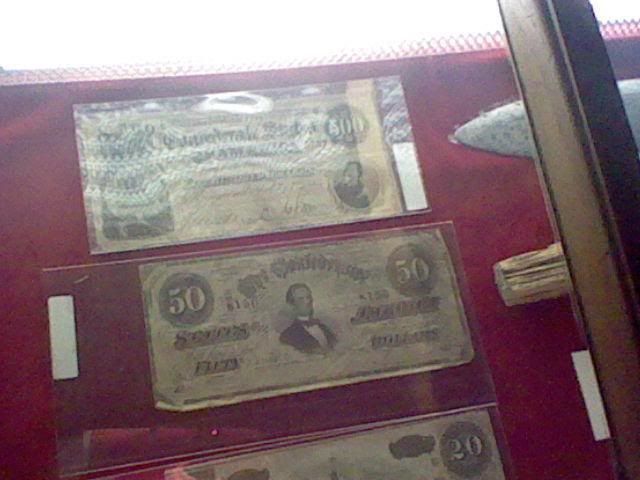

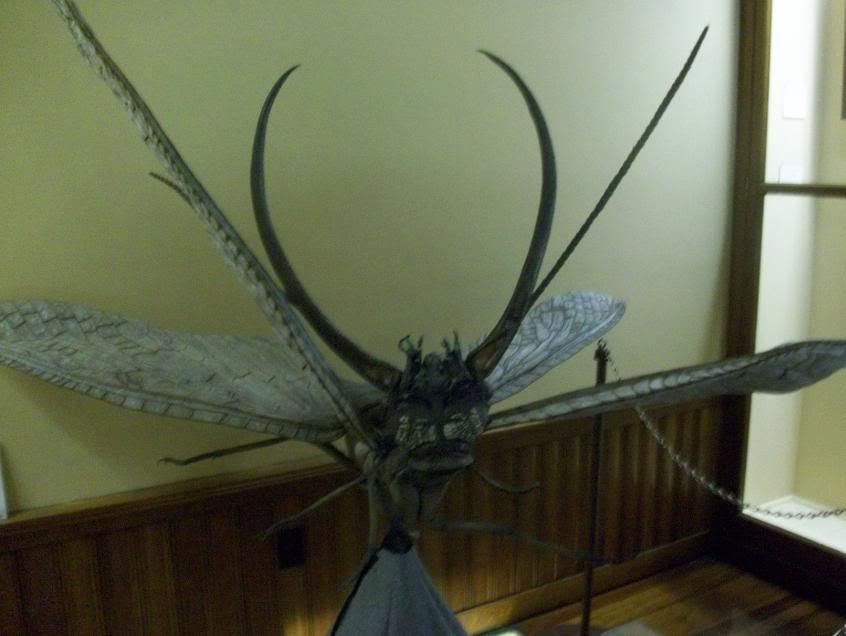
No comments:
Post a Comment